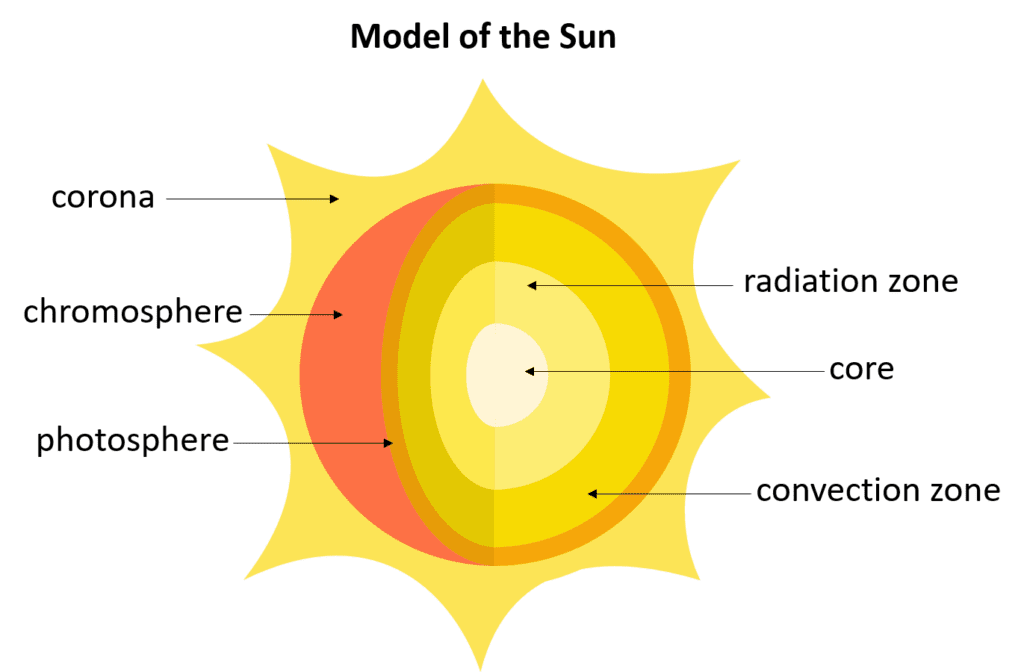
What Happened?


Why Study The Sun?
Solar Explosions


Sun releases a great amount of energy every second. It also undergoes several explosive events as well. One such event is called Solar flares. They are intense bursts of radiation from the sun that have the potential to damage electronic equipment and disrupt communication on Earth. Their early detection and interventions are crucial
Sun Is Also A Star
Sun is our closest star. It can be studied in much more detail than any other star. Its in-depth examination will help us understand more about the functioning of stars in our Milky Way and other galaxies.
Some Important Terms You Should Know:
Lagrange Point


Photosphere, Chromosphere and Corona


Corona is the outmost layer of the sun’s atmosphere. It extends into the nearby space. Despite being farther than the sun’s core, the energy source, Corona is hotter than the inner layer of the Photosphere.
Coronal Ejections
As mentioned earlier, the sun undergoes several explosive events. Coronal ejection is one such event that occurs in the sun’s corona. It is a massive blast of charged particles and magnetic fields. Some ejections can be so huge that they can release billions of tons of charged particles into space. When these particles hit Earth, we see the beautiful northern lights or Aurora.
What’s Next?
Once launched, Aditya-L1 will travel for nearly 125 days to reach Lagrange Point 1. Once in place, it will send nearly 1500 images to ISRO’s ground station. Mission has 5 year planned Life span to Study Sun.


| Type | Sl.No | Payload | Capability | Laboratories |
| Remote Sensing Payloads | 1 | Visible Emission Line Coronagraph (VELC) | Corona/Imaging and spectroscopy | Indian Institute of Astrophysics, Bangalore |
| 2 | Solar Ultraviolet Imaging Telescope (SUIT) | Photosphere and chromosphere imaging- narrow and broadband | Inter University Centre for Astronomy & Astrophysics, Pune | |
| 3 | Solar Low Energy X-ray Spectrometer (SoLEXS) | Soft X-ray spectrometer: Sun-as-a-star observation | U R Rao Satellite Centre, Bangalore | |
| 4 | High Energy L1 Orbiting X-ray Spectrometer(HEL1OS) | Hard X-ray spectrometer: Sun-as-a-star observation | ||
| In-situ Payloads | 5 | Aditya Solar wind Particle Experiment (ASPEX) | Solar wind/Particle analyzer protons and heavier ions with directions | Physical Research Laboratory, Ahmedabad |
| 6 | Plasma Analyser Package For Aditya (PAPA) | Solar wind/Particle Analyzer Electrons and Heavier Ions with directions | Space Physics Laboratory, Vikram Sarabhai Space Centre, Thiruvananthapuram | |
| 7 | Advanced Tri-axial High Resolution Digital Magnetometers | In-situ magnetic field (Bx, By and Bz). | Laboratory for Electro Optics Systems, Bangalore |

